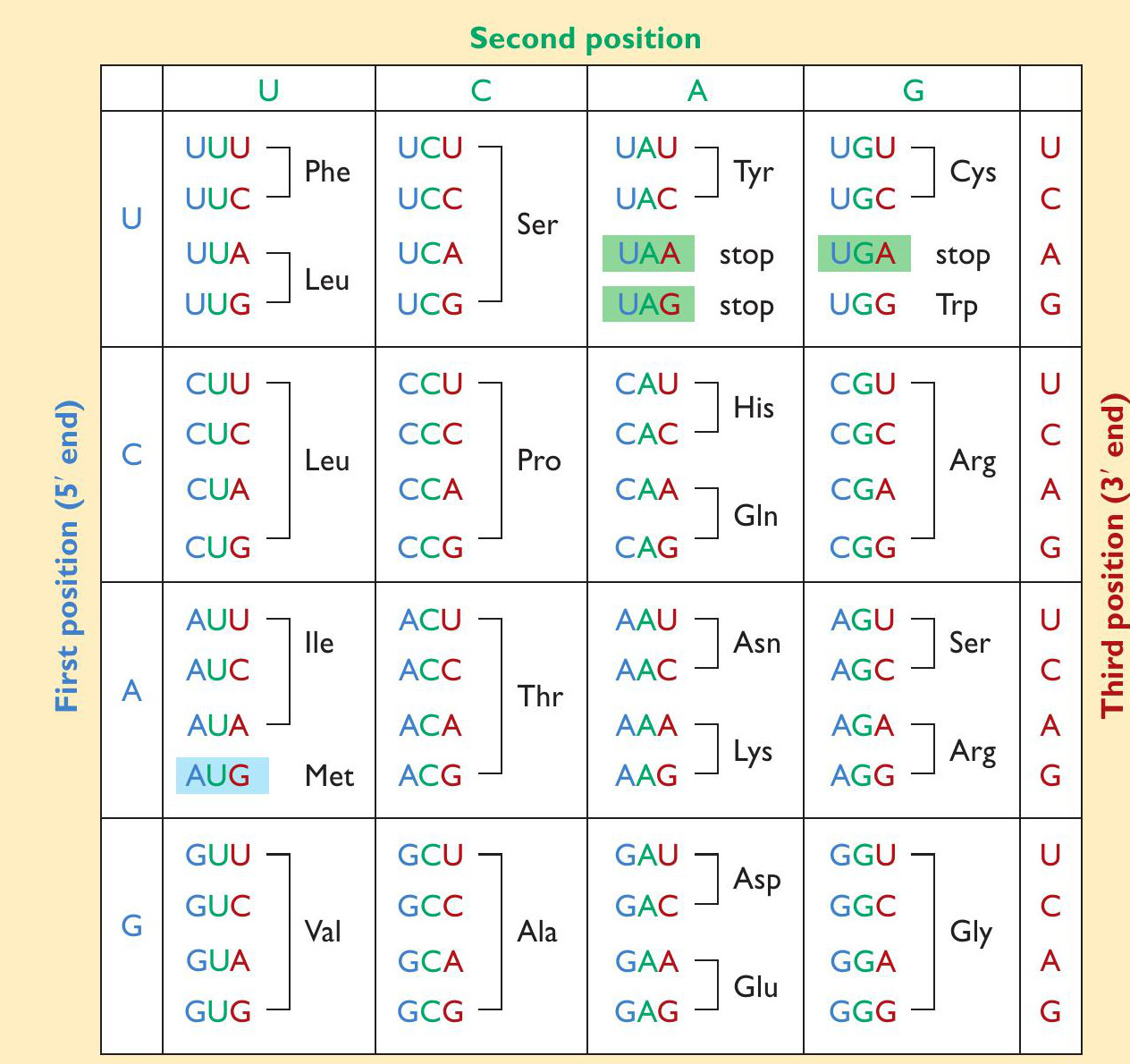
In exams, students often write about ‘the genetic code of an organism’. When they do this, they are using the term‘genetic code’ incorrectly.
Usually when students write about an organism’s ‘genetic code’, they are referring to all the genetic information in a cell of that organism. The correct term for this is the genome. In a prokaryotic cell, the genome consists of the nucleotide base sequence of its single circular DNA molecule (referred to as a ‘nucleoid’ in some biology specifications) and of any plasmids in its cytoplasm. In a eukaryotic cell, the genome consists of the DNA base sequences of its chromosomes, its mitochondria and, if present, its chloroplasts.
Your organisation does not have access to this article.
Sign up today to give your students the edge they need to achieve their best grades with subject expertise
Subscribe




